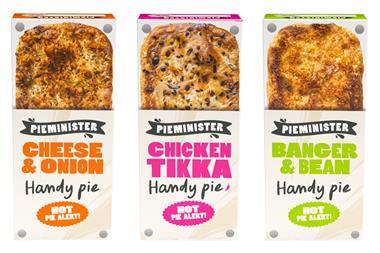Three of the four key value-added segments in bakery exports outperformed the total food and non-alcoholic beverage export market, which grew by 2.5% to £6.1bn in the first half of 2013.
According to the latest report from the Food & Drink Federation covering the first six months of the year, major export markets of sweet biscuits and bread saw strong growth, while savoury biscuits also lifted moderately.
However, there was little movement in the second-largest bakery export category, cakes.
The largest segment, sweet biscuits, saw gains of 14.2%, to be worth £136m. The biggest wins were in Australia (up 71.9% to £6m), Saudi Arabia (up 37% to £5m), the US (up 16.5% to £7m), France (up 3.1% to £11m) and Ireland (up 2.5% to £40m). Meanwhile, other markets saw promising double-digit growth of around 19%.
Bread performed well overseas, rising 6.9% to £54m, with France continuing to buy more bread from the UK – a market that now imports £6m of bread products (up 17.5%).
The biggest shift in bread was a 64.7% boost to the Netherlands (to £3m). However, exports of cake to the country dropped by nearly a quarter over the same period, denting total cake exports, which rose just 0.5% to £96m.
In the savoury biscuits category, which saw growth of 2.4% to £17m, the US attracted the strongest uplift, at 23.7%, to be worth around £4m. Australia and the Netherlands are burgeoning markets, both rising nearly 42% to around £1m.
UK exports to the Eurozone were more competitive in the first half of the year as sterling weakened from an average of €1.22 in 2012 to €1.18 in 2013, said the report.
“[The exchange rate] is more favourable for us and it has been since the economic downturn because of the weakness of the pound. But it has not been the driving factor [behind the growth in bakery exports],” James Marquette, economics executive and export lead at the FDF, told British Baker.
“More food and drink companies are waking up to exports – even businesses producing short shelf-life items in the bakery sector have started to realise there are opportunities to export to ‘local’ markets, such as Ireland, France and Germany. They realise they can get their products over there and that they will do well.”
UK exports to markets using the US dollar became marginally more competitive in the first half as sterling weakened from $1.58 in 2012 to $1.54 in 2013, stated the FDF.
































No comments yet